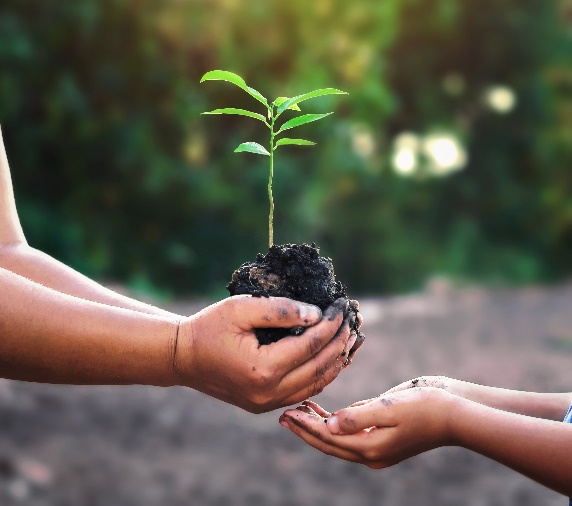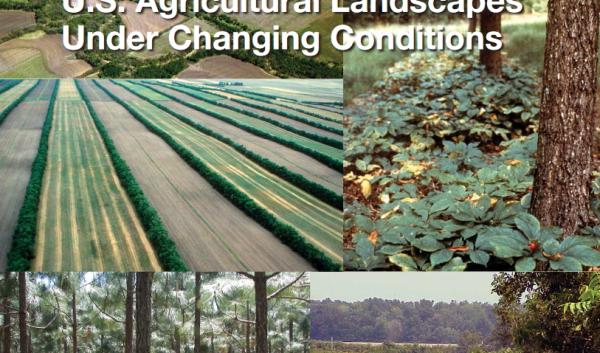Earth Day, first celebrated on April 22, 1970, has grown into an annual global day of recognition that highlights the critical importance of protecting our planet's natural resources. It's an opportunity to celebrate the progress we've made and inspire further action to build a greener future.
 This Earth Day, the International Climate Hub is shining a spotlight on the potential of agroforestry. By intentionally integrating trees and shrubs alongside crops and livestock, agroforestry creates biodiverse, productive landscapes. Agroforestry is an appealing option for sequestering carbon on agricultural lands because it can sequester significant amounts of carbon while leaving the bulk of the land in agricultural production. In fact, well-designed agroforestry systems can increase crop yields as much as 56 percent by increasing per-land-unit area productivity. Simultaneously, it can help landowners and society address many other issues facing these lands, such as erosion, economic diversification, biodiversity, and water quality. From silvopasture to windbreaks to alley cropping, these time-tested techniques are being recognized as renewed solutions for the 21st century.
This Earth Day, the International Climate Hub is shining a spotlight on the potential of agroforestry. By intentionally integrating trees and shrubs alongside crops and livestock, agroforestry creates biodiverse, productive landscapes. Agroforestry is an appealing option for sequestering carbon on agricultural lands because it can sequester significant amounts of carbon while leaving the bulk of the land in agricultural production. In fact, well-designed agroforestry systems can increase crop yields as much as 56 percent by increasing per-land-unit area productivity. Simultaneously, it can help landowners and society address many other issues facing these lands, such as erosion, economic diversification, biodiversity, and water quality. From silvopasture to windbreaks to alley cropping, these time-tested techniques are being recognized as renewed solutions for the 21st century.
"Trees have often been taken for granted in the Northeast, but now they stand out as one of the best ways to both adapt to climate impacts and mitigate greenhouse gases," says Suzy Hodgson, Sustainable Agriculture Outreach Specialist with the University of Vermont Extension, and the United States Department of Agriculture's Northeast Climate Hub. "Trees offer relief from heat, heavy rain, and wind, moderating the more extreme weather impacts we're experiencing from climate change in the Northeast while also sequestering and storing carbon above and below ground. What's exciting is that agroforestry practices show creative ways to design and manage trees and shrubs in productive agricultural systems, which yield multiple benefits to farmers. We are looking at trees in a new light and intentionally blurring the boundaries between forestry and agriculture for mutual benefit." 
To help global farmers visualize the impact of agroforestry on carbon sequestration and greenhouse gas emissions, the International Climate Hub, in partnership with Colorado State University, is pleased to announce an exciting update to the COMET Planner Global Tool. This new update helps agricultural producers throughout the world explore their ability to sequester carbon in perennial biomass and soils when they utilize climate-smart agroforestry practices.
So, as we honor Earth Day this year, let's celebrate practices like agroforestry that provide productivity benefits while actively healing the planet and nourishing generations to come. The path forward is growing clearer each day - this Earth Day, let's walk it together.



